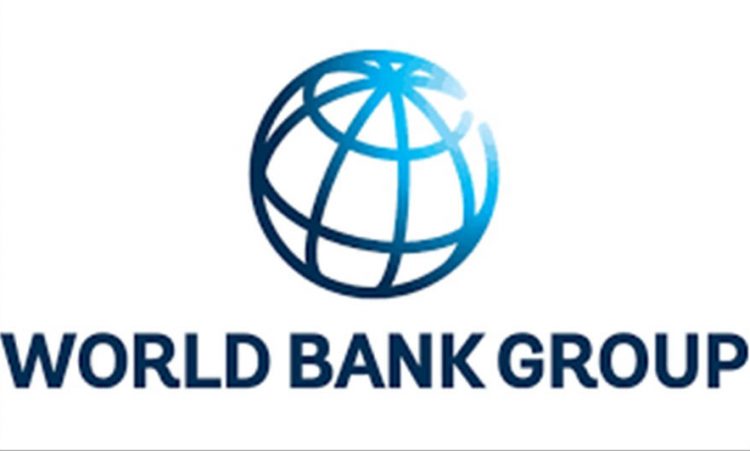Guyana has moved up in the World Bank country classification index according to gross national income (GNI) and is now regarded as a high-income country, a change from being middle income and one that would see scaled down access to concessional loans and higher interest rates for borrowing from international development organisations.
And while the minimum wage for the private sector is $60,147 or US$300 per month, the fact that this country is an oil producing nation and large proceeds from that sector go to the state has influenced the indicator and subsequent changes although the World Bank’s classification of a high-income country is one where the gross national income (GNI) is US $13,846 or more.
 “We have graduated and are now on the same level as Barbados and The Bahamas in the region… this is mainly because of oil [production],” Bank of Guyana Governor Gobind Ganga told Stabroek News yesterday.
“We have graduated and are now on the same level as Barbados and The Bahamas in the region… this is mainly because of oil [production],” Bank of Guyana Governor Gobind Ganga told Stabroek News yesterday.
He pointed out that with the upgrade will come changes when grants are lessened and borrowing terms are higher or payment periods shorter, among “a number of changes and factors”, according to the margins set out by the World Bank for its lending groups. With its middle income ranking, Guyana had already been complaining about loss of access to concessional financing and other repercussions.
The World Bank explained that its World Development Indicators database (and most other time series datasets),of all 189 World Bank member countries, plus 28 other economies with populations of more than 30,000 “are classified so that data users can aggregate, group, and compare statistical data of interest, and for the presentation of key statistics.”
It said that the main classifications provided are by geographic region, by income group, and by the operational lending categories of the World Bank Group.
“Economies are currently divided into four income groupings: low, lower-middle, upper-middle, and high. Income is measured using gross national income (GNI) per capita, in U.S. dollars, converted from local currency using the World Bank Atlas method. Estimates of GNI are obtained from economists in World Bank country units; and the size of the population is estimated by World Bank demographers from a variety of sources, including the UN’s biennial World Population Prospects,” the World Bank explained.
And on July 1st of every year, countries are immediately reassigned, based on the estimate of their GNI per capita for the previous calendar year. “Income groupings remain fixed for the entire fiscal year [i.e., until July 1 of the following year], even if GNI per capita estimates are revised in the meantime,” it noted.
For the current 2024 fiscal year, low-income economies are defined as those with a GNI per capita, calculated using the World Bank Atlas method, of $1,135 or less in 2022; lower middle-income economies are those with a GNI per capita between $1,136 and $4,465; upper middle-income economies are those with a GNI per capita between $4,466 and $13,845; high-income economies are those with a GNI per capita of $13,846 or more.
Guyana is now in the same bracket with countries such as the United States, Norway, the United Kingdom, France, the United Arab Emirates, Barbados, The Bahamas and the Cayman Islands along with 75 others.




